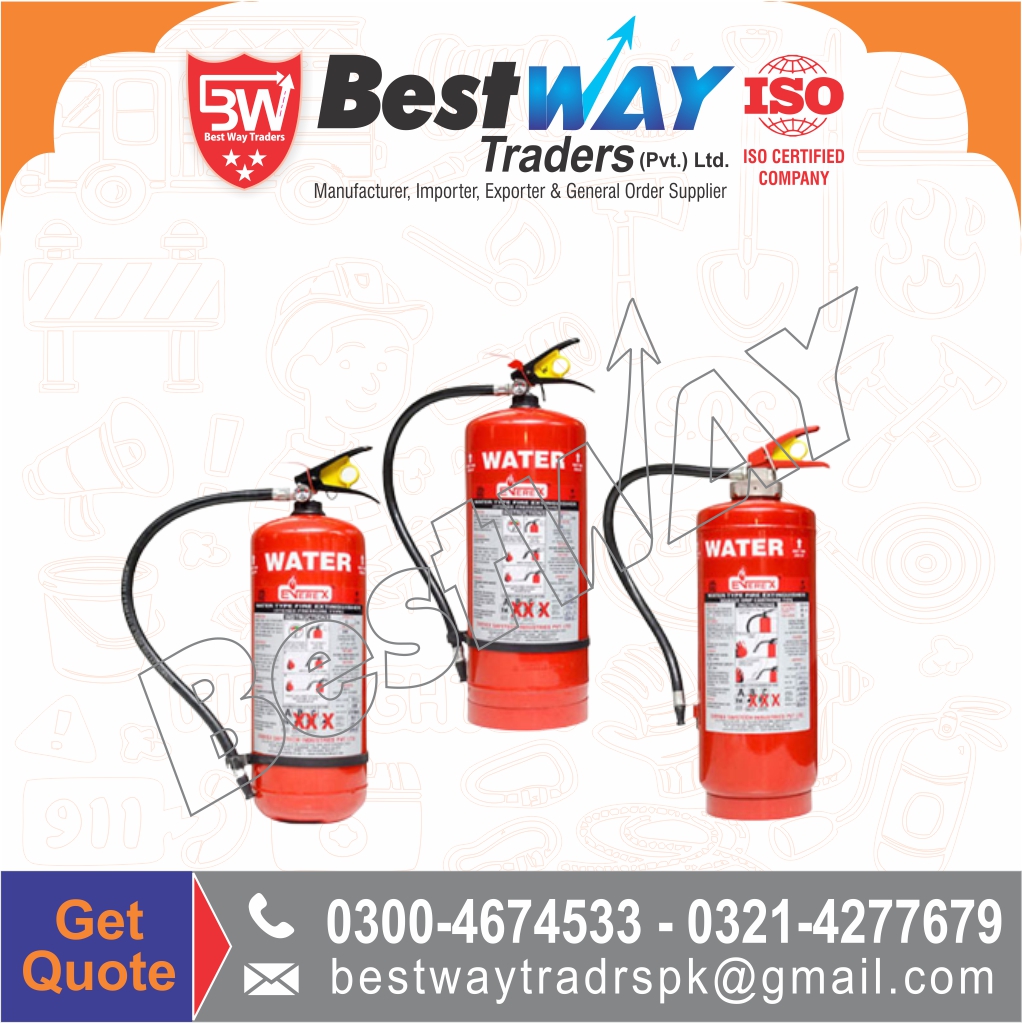
Suitable for use on class A solid combustible fires (wood, paper, fabrics, coal) extinguishers penetrate burning materials, creating a cooling effect and prevent re ignition. Our water extinguishers are BADE approved, fully charged and supplied complete with wall bracket.
have taken the decision to discontinue sales of additive extinguishers due to the harmful effects of substances contained in the additive. The use of some water additive and AFFF foam extinguishers is subject to regulations and all water additive and AFFF foam extinguishers will be prohibited by law in the next few years. We recommend fire extinguishers as a suitable alternative to water additive extinguishers.
If you need more information about the different types of and their capabilities please see our helpful r guide.
What is a Water Type Fire Extinguisher extinguishers used for
extinguishers are used on solids such as wood, paper, fabrics and other A class fire risks. The cools the fire and extinguishes it. It penetrates into burning fabrics and can extinguish pockets of fire even deep in the core of the fire. extinguishers do not contain any harmful chemicals and can safely be used near food, in areas where there are children present and near vulnerable adults. Refilling water extinguishers is cheap and uncomplicated. The fire fighting capacity of is of course limited so that large water fire extinguishers are required to fight even small fires. If are to be used near electrical equipment we would recommend choosing extinguishers with additives that stop the current flowing through the spray and the resulting
is a portable fighting equipment which can be moved manually to the fire. It contains fire extinguishing material and is specially designed for the purpose of tackling with fire in its initial stage.
There are two types of according to their operational method:
- Water(Gas cartridge) type extinguisher
- Water(Stored Pressure) extinguisher
- Water(gas cartridge) type extinguisher
In this of is used as an extinguishing material. Pressurized CO2 gas cartridge is used to release the pressure which is stored inside the body of the extinguisher. Knob is provided at the top of extinguisher for puncturing the cartridge. As the cartridge is punctured, gas is released from it,which will force the water to come out from the body of the Forced comes out through the nozzle of the extinguisher in the form of a small jet, which can be projected on to the
Water Type of carries 9 liters of when it filled to the specified level. The gas cartridge is fixed on a holder and the holder is fitted on the cap of extinguisher. The maximum amount of the gas in cartridge is 60 g for a 9 liter extinguisher.
Extinguishers

The is an excellent solution if you run the risk of Class A fires involving paper, rubbish, wood, cloth or other carbon-based materials. H2O is also one of the oldest extinguish ants around that is still used to this day.
It is common to pair up water with carbon dioxide extinguishers for indoor use. That covers your Class A, B and E type fires and doesn’t leave as much of a mess compared to a dry powder.
How to Identify A ?
are a full red cylinder with no band. They will also have the words printed on the front label. The cylinder is also made from stainless steel to prevent internal rusting.
Where To Use A Water Type Fire Extinguisher
H2O extinguishers are suitable for use on class A fires such as:
How Does A Wo reduces the temperature of the and is propelled by nitrogen gas.
When directed at flames, it lowers the general temperature, making it tough for the fire to burn and the flame to reignite.
If the water contains chemicals or has other impurities in it, the may not operate as designed.Sizes
Advantages Of Water Extinguishers
Water is inexpensive and readily available.
Zero impact on the environment.
It is an effective extinguish ant on Class A fires.
Disadvantages Of Water Extinguishers
extinguishers are only suited for one Class of .
Do not use it on electrical fires due to shock hazards.
Using extinguishers for fat and also flammable liquids will aggravate the
Testing Frequency
checks must happen every 12 months by a professional, per NZS 4503:2005. Extinguishers need to be inspected at least once every six months in environments deemed’ hostile’. A hostile environment could mean that your work has more associated hazards than usual. Every Five years, fire extinguishers require a hydro static pressure test to make sure your device is operating effectively and recharged when an is discharged
